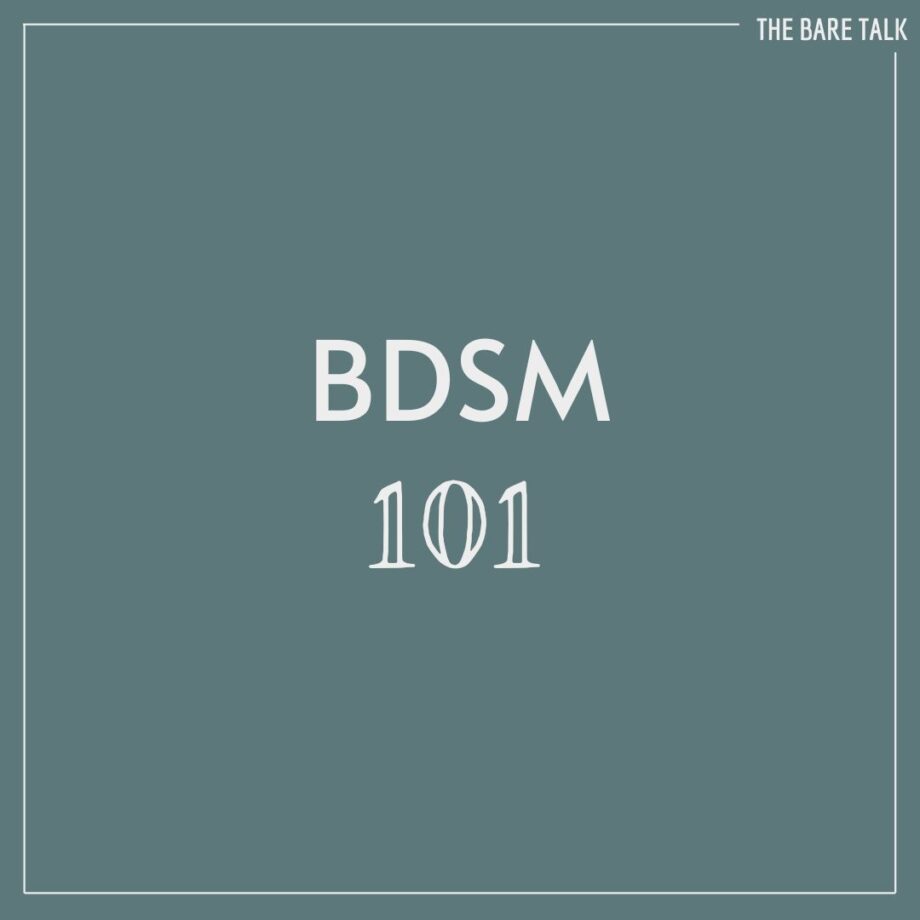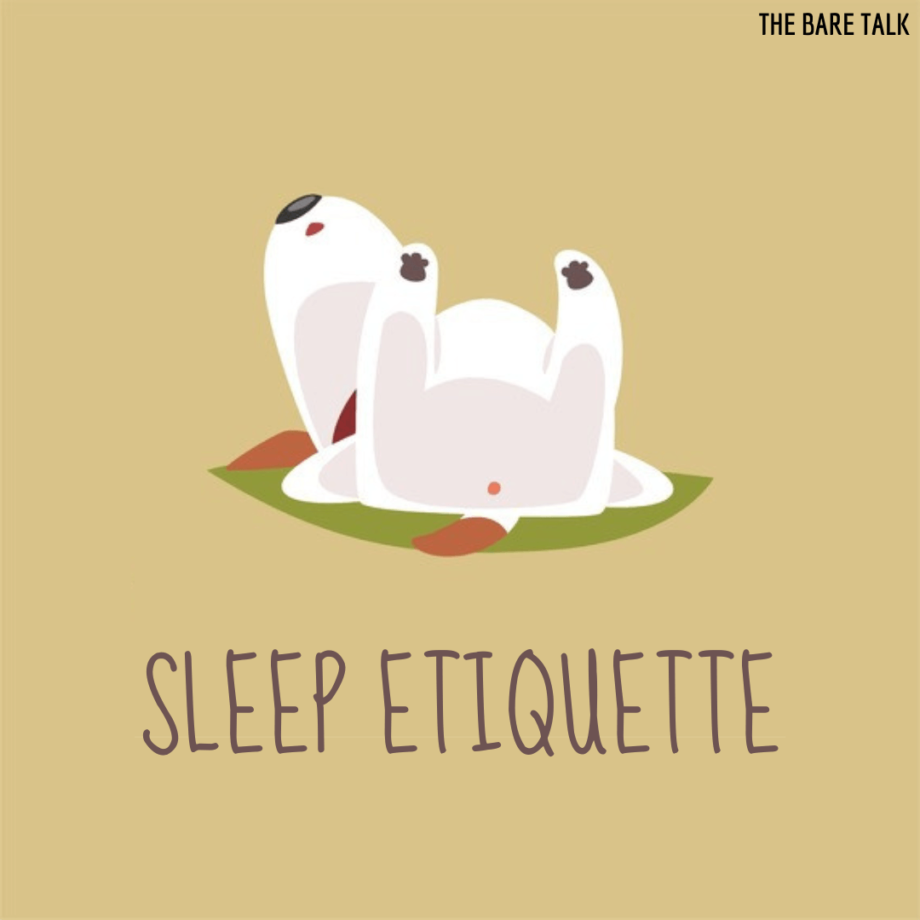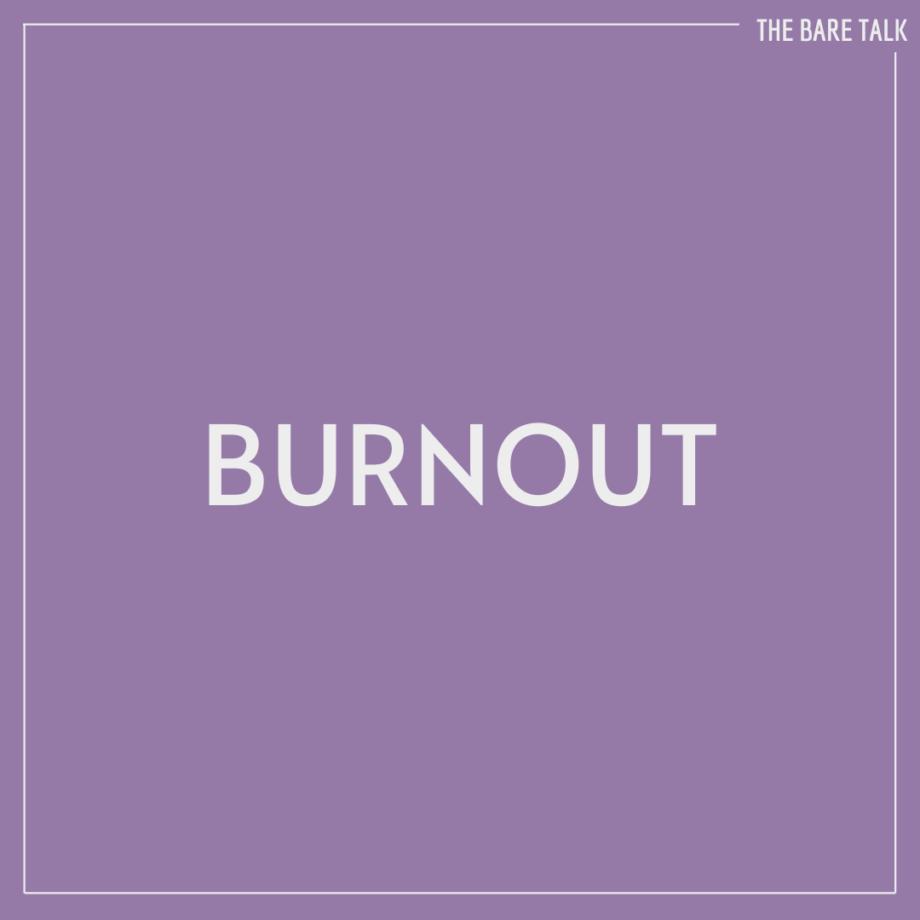Usually pretty difficult to fit into a single definition due to its varying cultural implications, gender is more or less defined as a range of characteristics concerning, and differentiating between, aspects of individuals in a socio-cultural context.
Gender constitutes various aspects. These are:
-
Sex (Biological Gender) : Medical Categorisation based on genitalia &/or hormones, etc. (Male/Female/Intersex)
-
Male is the physiological sex that produces motile sperm.
-
Female is the physiological sex that produces non-mobile ova (ovum).
-
Intersex is a general term used for a variety of conditions in which a person is born with a reproductive or sexual anatomy that doesn’t seem to fit the typical definitions of either female or male. Some intersex traits aren’t discovered until a person hits puberty or has difficulty conceiving, while others are obvious at birth. There are more than a dozen intersex conditions & sometimes the differences are relatively subtle — a girl may have an enlarged clitoris or a boy’s urethra opening may be on the underside of his penis, rather than the tip. In other cases, children may have a mix of male and female genitalia or have genitalia that lies somewhere between male and female. About 1 in 2,000 babies are born with visibly atypical genitals.
-
-
Gender Identity refers to how we identify with ourselves and/or what we perceive ourselves to be. We can feel male/female/both/neither.
-
Gender Expression is how we present our gender in the world and how society, culture, community, and family perceive, interact with, and try to shape our gender. It is also related to gender roles and how society uses those roles to try to enforce conformity to current gender norms.
Gender Roles are a major aspect of gender. They are socially constructed roles that emcompass behaviors and attitudes that are considered appropriate, desirable and acceptable by the society based on the perceived sex of the individual. These roles vary from culture to culture. In most cultures across the world, gender is usually divided into two:masculine, and feminine. This is referred to as gender binary or binarism. It’s a type of social gender system that suggests that there are only two genders, and prescribes roles to individuals accordingly.
However, gender is more complicated than that and can be better understood as being on a spectrum:
-
Cisgender/ Cis-Male/ Cis-Female are individuals whose gender identity matches the sex they were assigned at birth. This term was initially coined by Trans-activists to normalise &/or de-stigmatise the use of transgender.
-
Gender Non-Binary/ Genderqueer/ Gender-Nonconforming refers to a gender that either lies somewhere between male and female, or is something completely different, or both. This is an umbrella term which can constitute a variety of gender identities. It is important to be mindful of individuals’ requested pronouns & use the ones they associate with.
-
Agender/ Genderless/ Gender Void/ Null Gender/ Gender free/ Gender Blank/ Non-gender are those who do not associate with any gender. Individuals may request specific pronouns, although some avoid using gendered language as much as possible. They can identify with any sexuality and may or may not be asexual.
Neutrois is an identity wherein individuals identify with a null or a neutral gender (neither male nor female). The definition may vary from person to person, experiencing their identities in different ways. It shares many similarities with gender but may also be experienced differently.
-
Multi-gender / Polygender are those who experience more than one gender identity. It can be used on its own or an umbrella term for other encompassing identities. These can be male, female, or any of the non-binary gender identities. Individuals may experience two or more gender identities at the same time, or their gender identity may vary over time (gender fluid).
-
Gender Fluid refers to individuals that may experience different identities at different points in time. They may expereince multiple genders at once or none, or move between single gender identities, or some other combination therein. For some genderfluid people, these changes happen as often as several times a day and for others, monthly, or less often. Some people regularly move between only a few specific genders, perhaps as few as two (which could also fit under the bigender), whereas other people never know what they’ll experience next.
-
Bigender/ Dual Gender people have two distinct gender identities, either at the same time, or at different times (Fluid).
-
Trigender experience three distinct gender identities, simultaneously, or at varying times (Fluid).
-
Quadgender experience four distinct gender identities, simultaneously, or at varying times (Fluid).
(Note: Multigender/gender fluid can be used on its own or as umbrella terms which might include specific identities described above. These are some but not all of them, considering gender is subjective & varies, so it is difficult to mention all the ways it may be experienced.)
-
-
Transgender refers to a gender identity that does not match sex (M/F) assigned at birth. It is an umbrella term & more commonly used by individuals are male or female, while individuals experiencing other identities may feel more comfortable using genderqueer or gender non-binary, etc. however, the term transgender still can also be used.
Transman is a male who was assigned female at birth (AFAB).
Transwoman is a female who was assigned male at birth (AMAB).
Transmasculine describes people who were assigned female at birth (AFAB) but feel more masculine than feminine.
Transfeminine describes people who were assigned male (AMAB) at birth but feel more feminine than masculine.
Transsexual is an older medical term used by individuals looking to transition or have transitioned through medical interventions. Unlike Transgender, transsexual is not considered an umbrella term & according to some, promotes a binary view of gender. Many people prefer not to use it and it’s more appropriate to ask the individuals what they associate with, as once transitioned, they may associate with the term transgender or a completely different gender identity. Also, considering that Transgender is a gender identity, the term transsexual may result in confusion as, to some, the term ‘sexual’ may imply sexual identity.
When addressing or referring to trans individuals, it is important to AVOID using “biological male/female”, “male/female bodied”, “natal male/female”, & “born male/female” ; and use assigned male at birth (AMAB) or assigned female at birth (AFAB) instead, as they are considered more respectful & appropriate. It is important to use their requested names & pronouns as well as not to reveal the pre or post transition identities without their permission.
-
Pangender/Omnigender individuals see themselves as encompassing qualities of all genders simultaneously or at different times (Fluid). However, some critics suggest that Polygender should be used for a large number or multi gender identities & is more respectful, since there might be genders like intersex or even transgender, that one isn’t or just generally biologically cannot be.
-
Hijra/Kinner are individuals referred to by different terms across the Indian subcontinent. It’s an all encompassing term used for intersex and (some) transgender individuals in South Asia. They may identify as neither a man nor a woman, but might prefer to dress in a feminine attire. An important distinguishing factor may be the strong sense of religious identity associated with the hijra community. Majority of them tend to go through an induction process, join a group or clan, with its own hierarchy, and may not even stay in contact with their biological family. Due to being one of the oldest known trans communities in the world, with mentions in sacred Hindu texts, many believe that Hijras have powers to curse as well as bless, they are therefore welcome to give blessings on auspicious occasions like weddings and childbirth.
Third Gender/Third Sex is a concept of categorisation used by individuals or society to denote sexes other than male or female. The gender identities which underlie this category may vary from country to country or culture to culture. For example, India recognises the third gender by law, which presently includes the transgender & the Hijra community.
-
Gender Flux refers to individuals who may experience varying intensities of their respective gender identity. Sometimes seen as a form of gender fluid, individuals may feel 100 % of ‘X’ gender, then maybe 85% some other time, to 0% at some (agender). This gender identity could be binary or non-binary. Individuals might also sometimes flux between various genders & may prefer to use terms such as multiflux or fluidflux, wherein individuals feel a number of identities at varying intensities.
-
Androgyne are individuals that feel masculine & feminine simultaneously. “Neither male nor female” does not necessarily imply agender. They might feel like a member of all possible genders, or being outside of gender, not having a gender, or in the middle of the gender continuum between masculinity and femininity.
Note: We understand this is by no means a comprehensive list, however, we hope it can serve as an introduction to gender. Moreover, as our understanding of gender is always evolving, we will try to keep the article as updated as possible. If you want to learn more about 1 or more of the identities mentioned above, please feel free drop us comment below.



